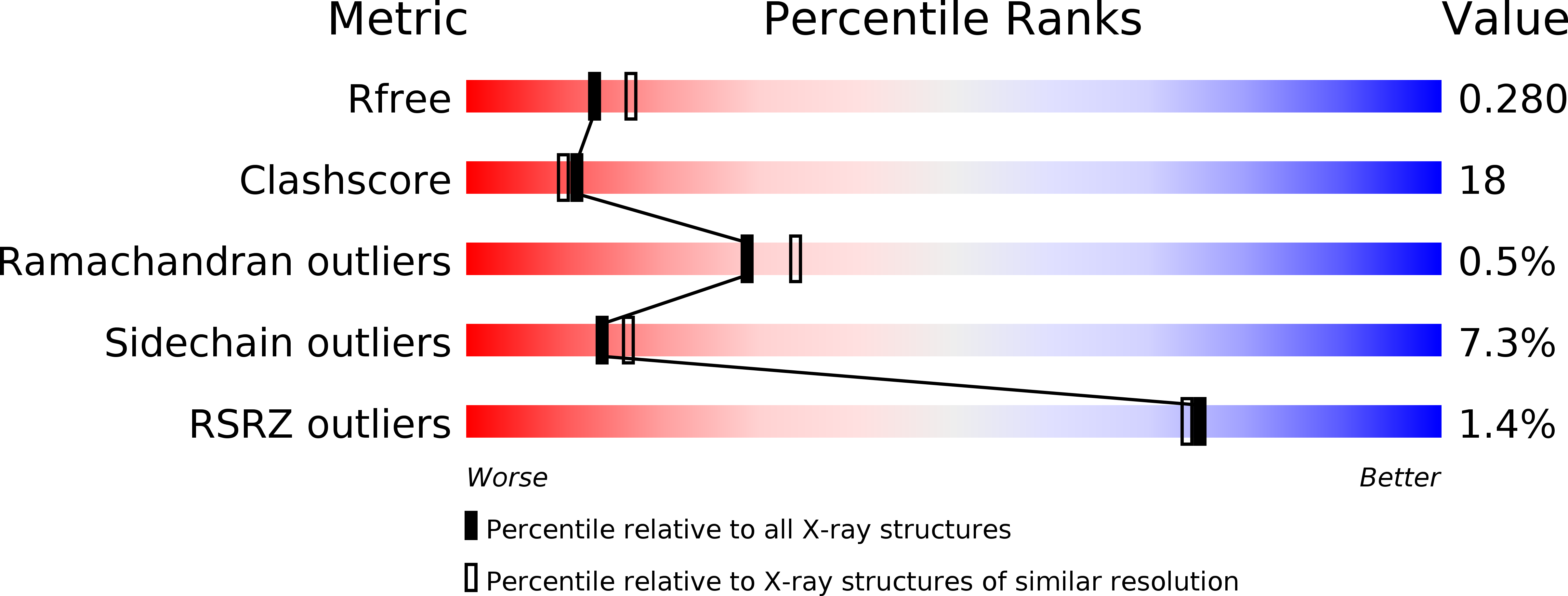
Deposition Date
2012-07-30
Release Date
2013-06-19
Last Version Date
2024-02-28
Entry Detail
Biological Source:
Source Organism:
Vibrio cholerae O1 biovar El Tor (Taxon ID: 243277)
Host Organism:
Method Details:
Experimental Method:
Resolution:
2.45 Å
R-Value Free:
0.27
R-Value Work:
0.22
R-Value Observed:
0.22
Space Group:
P 1 21 1


